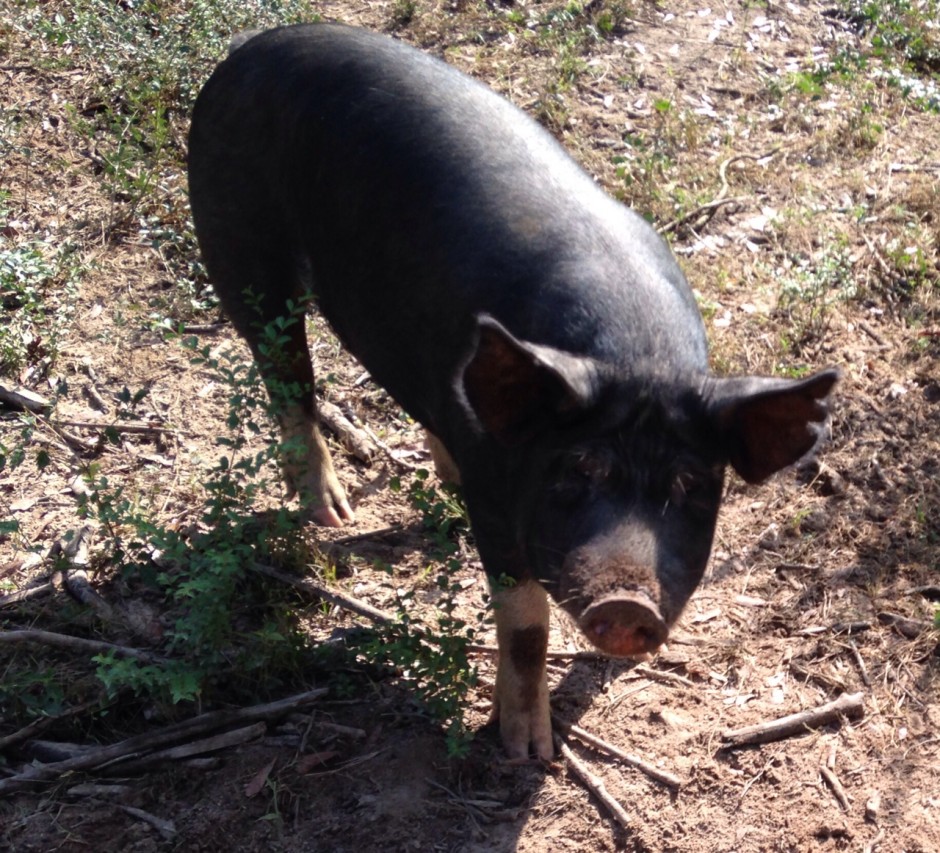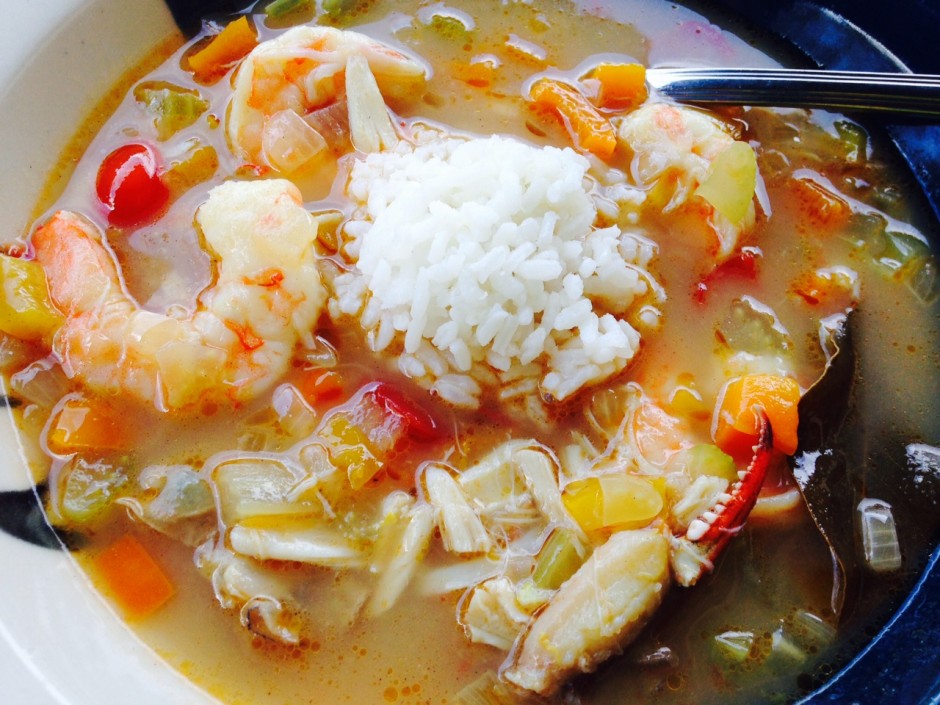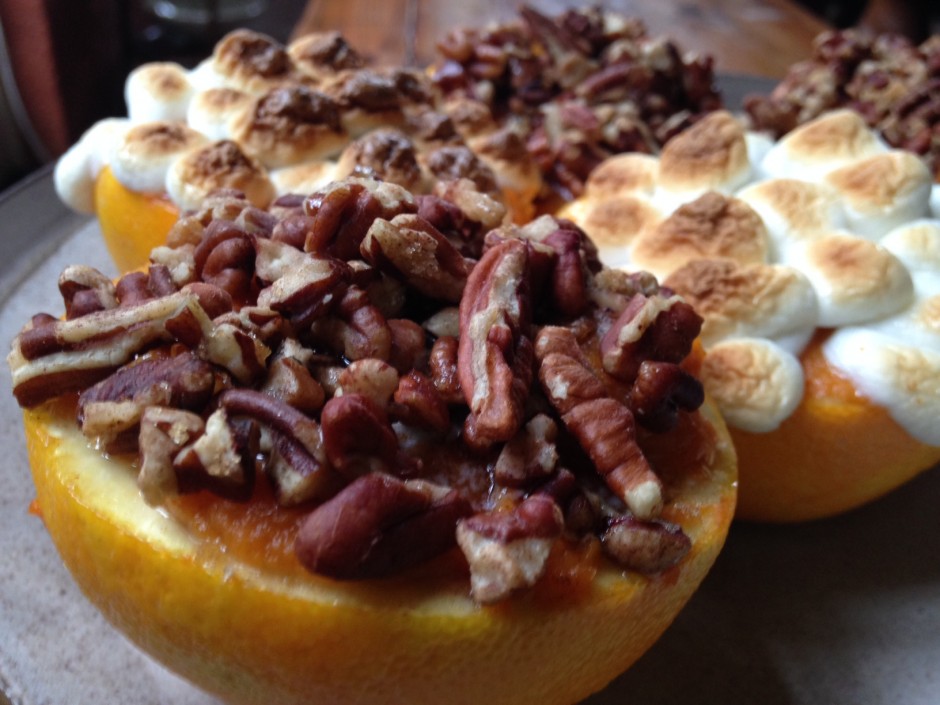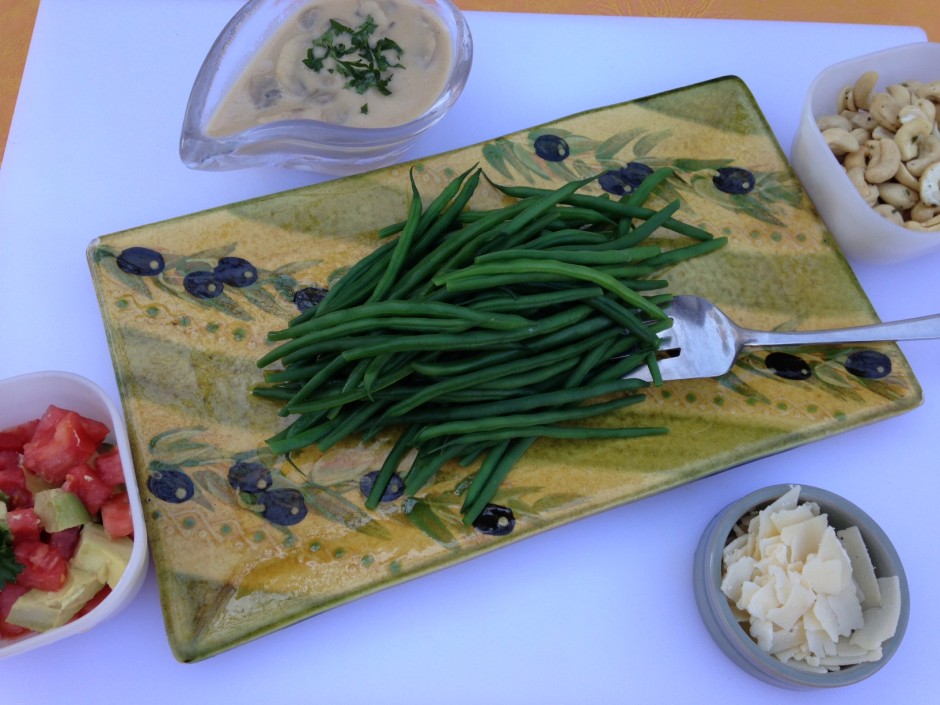The dirty little secret of the Eat Local movement is that, very soon, we’re going to be running short on farmers to raise the gorgeous produce and heritage breed livestock we’re now so interested in. I worked on a story not long ago about this issue in Louisiana, which has seen a sharp increase in interest in local foods over the last 20 years. Farmers markets throughout the state are flourishing. But like the country as a whole, Louisiana is also witnessing the graying of its current farmers. And to boot, not enough young people are taking their places. There are various impediments, but access to affordable land is a big one.
My research took me to Iverstine Family Farms near Kentwood, Louisiana. Galen Iverstine is a former LSU political science major who got turned on to the idea of sustainable farming in one of his undergraduate English classes. Readings on the degradation of the American food system made him want to take action. He apprenticed in New Hampshire and eventually launched a livestock operation on land his dad invested in. Food lovers in Baton Rouge and beyond are relishing Iverstine’s Berkshire pork, grass fed beef, heritage turkeys and more. It’s an interesting example of a young person who found a way to make a career in farming work.
Here’s a link to the latest issue of Currents magazine, where my article “Future Farmers” appears.






